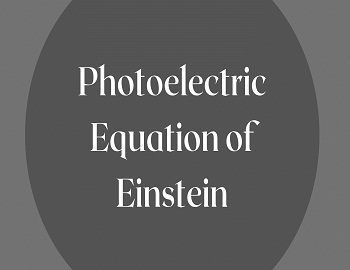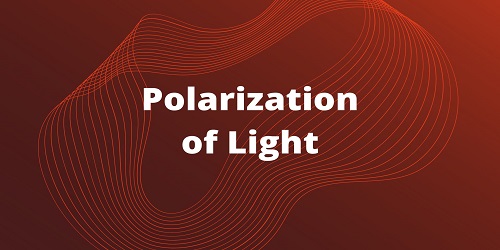Reflection of Sound:
Like light, sound is reflected from the boundary of separation between the two media. To demonstrate this, fix a large cardboard vertically in front of two cardboard tubes pointing as shown in the figure below.

Place a watch at the end of one of these tubes and an ear trumpet at the end of the other tube. When the detector tube points to the same spot on the cardboard as the source tube and both tubes make an equal angle with the normal to the cardboard, the ticks of the watch will be audible through the trumpet. This proves that sound is reflected like light and the angle of incidence is equal to the angle of reflection.
With curved surfaces, the existence of foci and the focussing action of sound can be demonstrated. For this purpose, place two large concave metal reflectors co-axially on a table facing each other. Put a watch at the focus of one of reflectors M. The sound after reflection from the reflector M behaves like a parallel beam which when reflected by the other reflector converges to the focus of the reflector M’. If an ear trumpet is placed at the focus F’, the ticking of the watch can be heard distinctly as shown below.

The principle of reflection of sound finds applications in voice tubes, ear trumpets, doctor’s stethoscopes, etc. In these devices, sound is reflected repeatedly from one side to the other side of the tubes. As the sound is not allowed to spread out, the energy of sound instead of spreading through a rapidly increasing space, remains confirmed within the limits of the tube. So an ear placed at the distant end can hear sound distinctly as shown below.










Comments (No)